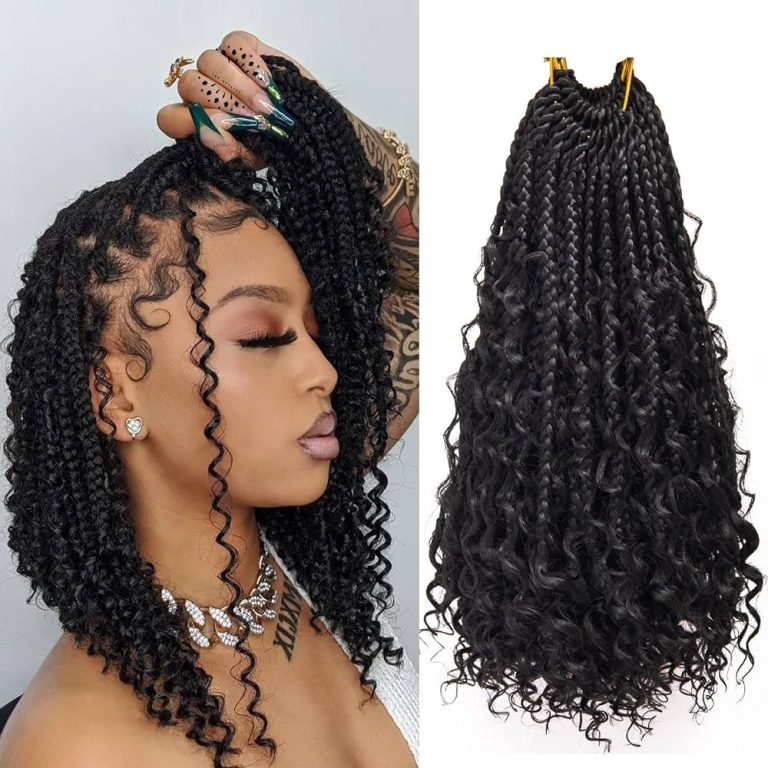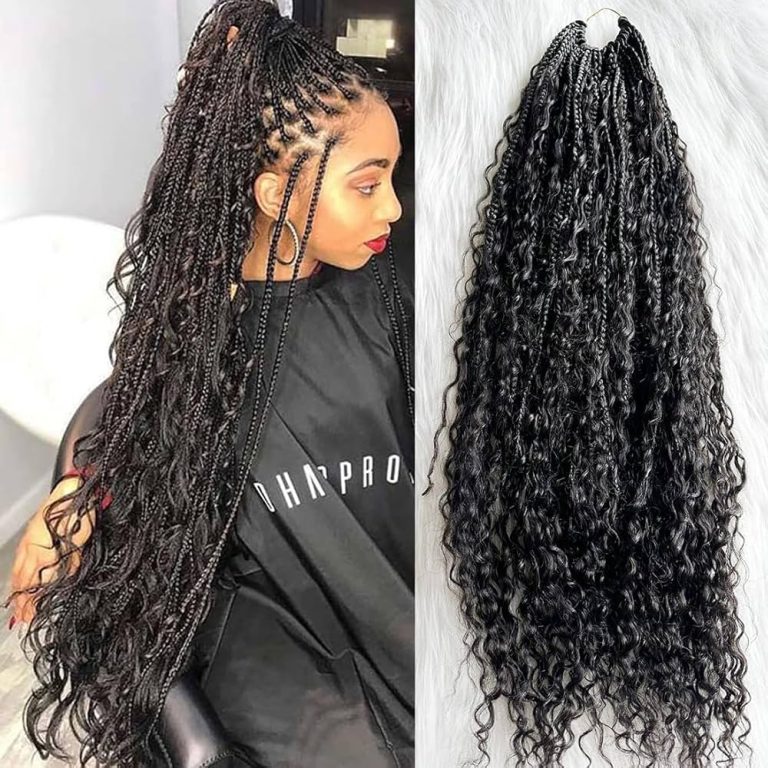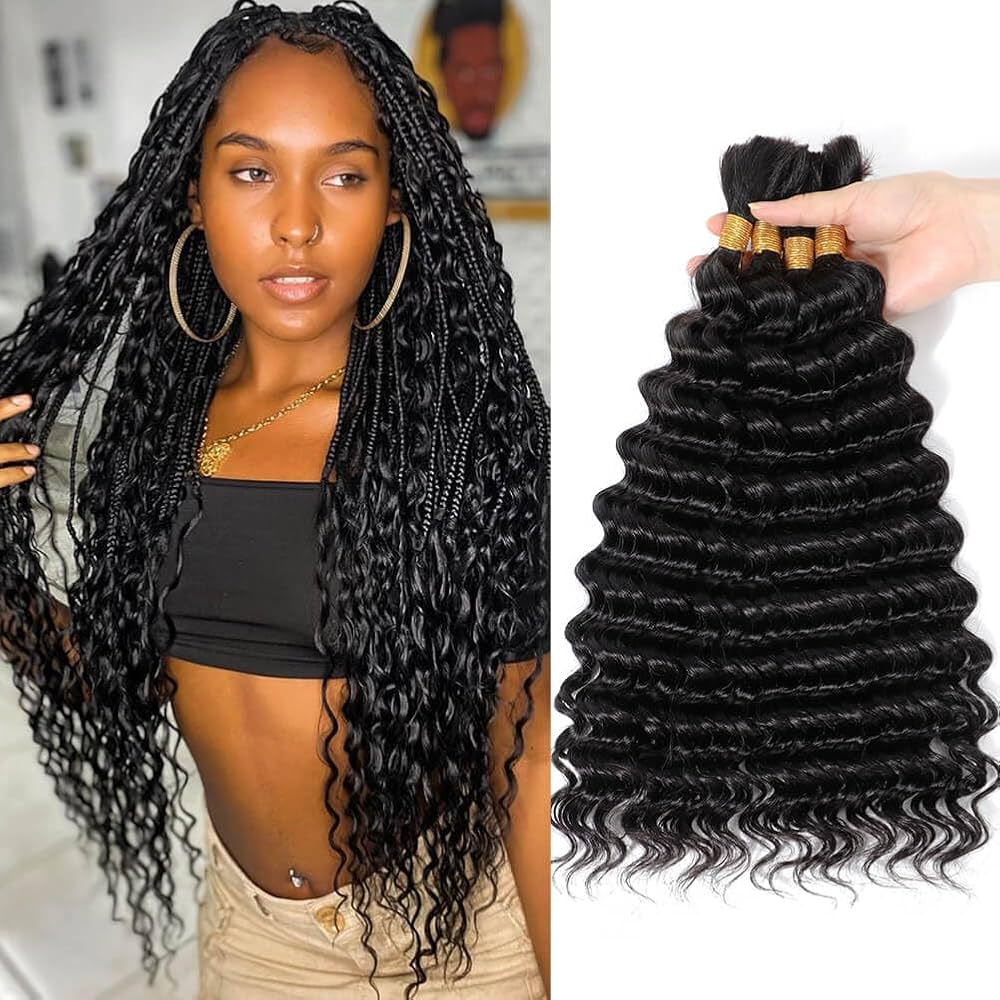
Unraveling the Origins: The Global History of Braiding
The Ancestral Roots of Braiding
Braiding started in ancient Africa, woven deep within its cultures.Where do braids come from? It signaled identity and belonging. This craft passed down from generations bespeaks stories from a distant past. Hair patterns distinguished tribe, status, and family. It took skill and time, a true form of art.
In today’s world, braids have transcended their traditional roles and are celebrated as a fashion trend. Celebrities and influencers showcase innovative styles on social media platforms, fueling their popularity. However, it’s crucial to acknowledge the cultural significance behind these hairstyles. Many modern braiding techniques, such as cornrows and box braids, are rooted in rich histories that deserve respect and appreciation.
Overall, braids serve as a timeless form of artistic expression. Their evolution reflects cultural exchanges and personal interpretations, making them an enduring symbol of creativity and identity. Exploring the origins of braids offers insight into their significance, reminding everyone that beauty lies not only in appearance but also in history and meaning.
Elegance in Ancient Egypt: The Cultural Significance of Braids
Braids in ancient Egypt bore more than beauty. They showed one’s place in society. Wealthy Egyptians added gold and jewels to their braids. This flaunted their status and showed devotion to their gods. Braids were common in religious rituals and everyday style.
Braids in Antiquity: A Symbol of Status in Greece and Rome
In Greece and Rome, braids were a symbol of status. Soldiers used them in battle to keep hair from their faces. Women created intricate designs for special events. Different braiding styles marked social class and occasion. Braids were common among all, from warriors to the elite.
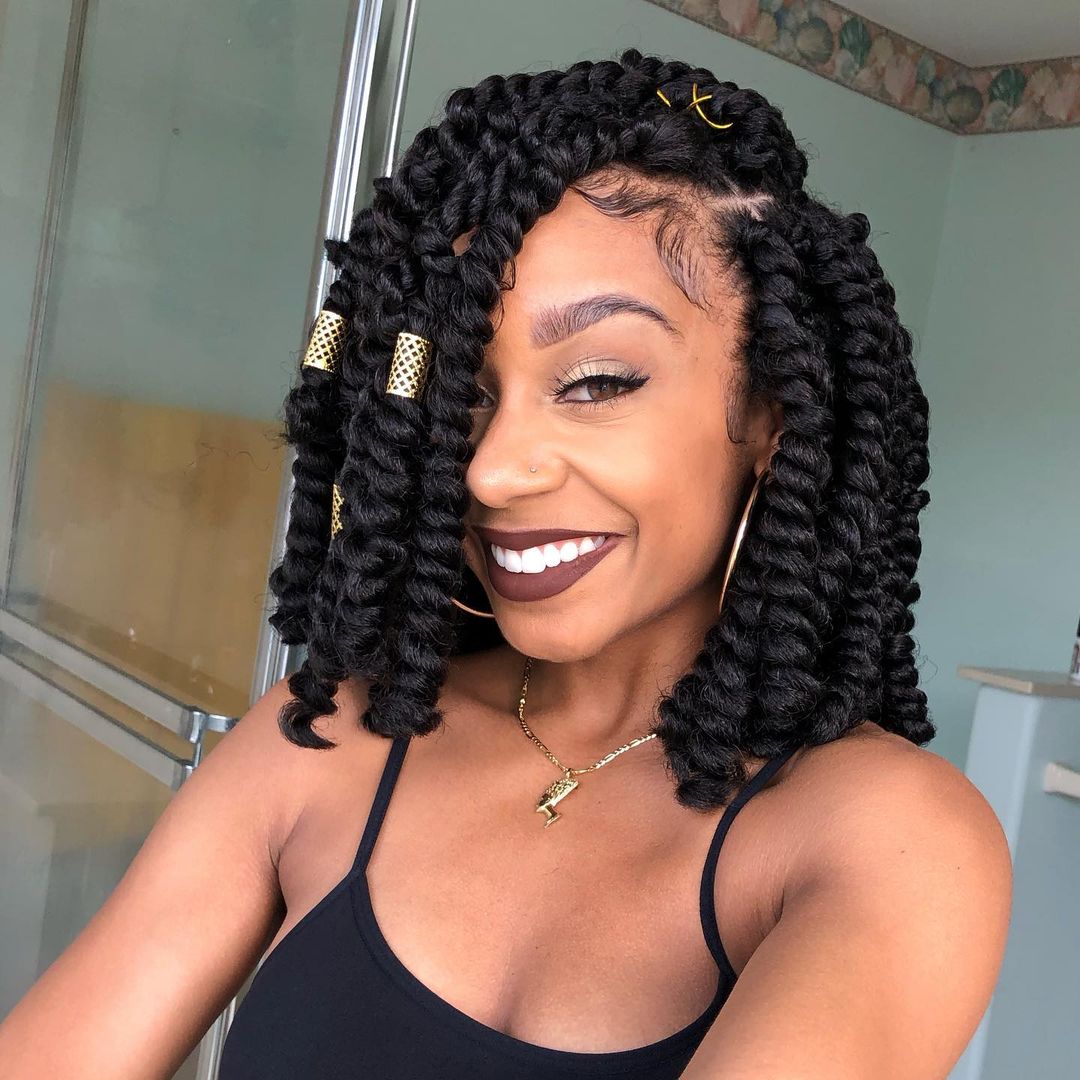
Indigenous and Historical Braiding Practices
Native American Tribal Traditions and Meanings
In Native American cultures, braids were more than hair styles. They were symbols of identity and values. Each tribe had unique braids that showed their history and beliefs. Braids also indicated personal achievements and social rank. They linked people to their roots and community.
Medieval European Styles: A Reflection of Modesty and Status
In the Middle Ages in Europe, braids showed modesty and adherence to social norms. Women covered braided hair with cloths as a sign of purity. Nobles adorned their braids with jewels and ribbons to display wealth. Braids were signs of social rank and decency.
Braiding in the African Diaspora: Survival and Messages of Freedom
For enslaved Africans, braids were a form of silent resistance. They wove maps and symbols into braids to communicate and plan escapes. This was a way to keep their culture and fight oppression. Braids helped maintain dignity and hope amid harsh conditions.
The Evolution of Braid Styles Through Time
Cultural Interchange: Braids Across the World
Braid styles have traveled across continents, taking on new meanings. In Egypt, they were symbols of luck and spirituality. Ancient Greeks styled braids for beauty and status reflection. Indigenous Americans saw braids as a spiritual act. By the Middle Ages, braid in Europe symbolized modesty and societal position. Each culture added its own twist to braiding, making it a global practice.
The Rise of Braid During the Black Power Movement
During the ’60s and ’70s, braids became a strong political statement. African Americans wore braids to reclaim their heritage and resist oppression. Cornrows were not just a style but an emblem of strength and unity. They reminded people of their African roots and carried powerful messages. The Black Power Movement made braids symbols of pride and cultural identity.
Modern-Day Resurgence: Braids as a Fashion Statement
Today, braids are everywhere, from red carpets to city streets. Celebrities fuel their popularity, showing off intricate designs. Braids have gone from functional to fashionable, becoming a top choice for their beauty and versatility. They are timeless, fitting any occasion. Modern braiding proves this ancient art continues to evolve. Braids link us to our past while allowing for modern expression.
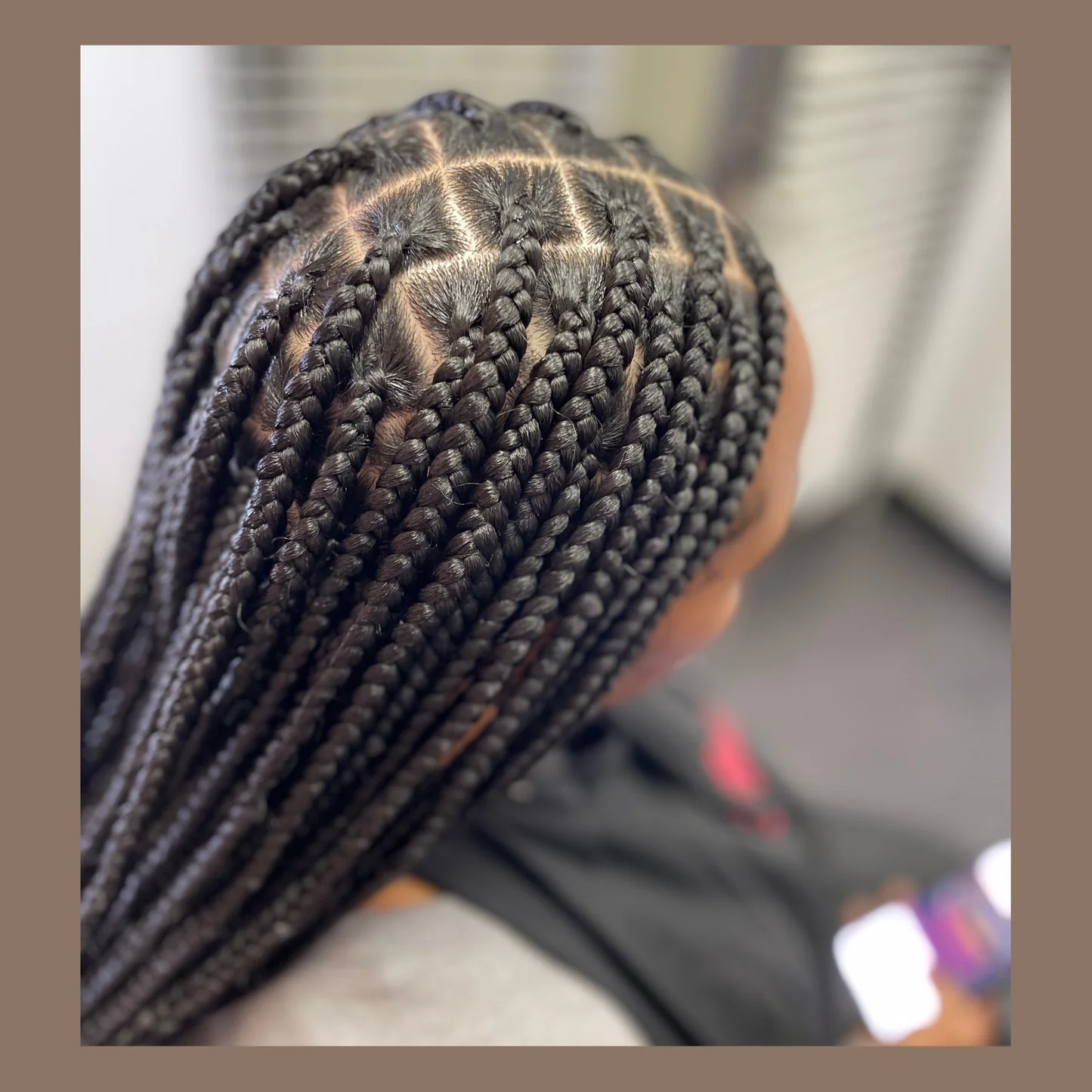
Braiding as an Art and Social Practice
The Artistic Expression and Diversity of Box Braid and Cornrows
Braiding is more than hair styling. It’s an art form filled with creativity and variety. Box braids and cornrows are not just about looks. These styles express individuality and cultural legacy. Across Africa, diverse tribes used box braids and cornrows to showcase their identity. Today, these braiding techniques remain popular worldwide. They stand out for their artistic complexity and their ability to tell stories.
Hairstyle as Heritage: African and African American Braiding Culture
For African and African American communities, braids are a link to cultural heritage. They carry the weight of ancestral knowledge and the soul of generations. Hair plays a vital role in cultural practices and identity. African traditions mark milestones and status with unique braids. These braided forms are cherished, carrying history and meaning in every pattern.
Braids as Resistance: The Historical Significance for African Americans
Braids symbolized more than beauty for African Americans; they were acts of resistance. During slavery, braided patterns could signal paths to freedom. They were pieces of an underground language, a quiet defiance. Today, braid continue to be worn with pride. They are reminders of strength, resilience, and a fight for autonomy and respect.
Contemporary Trends and Popular Braid Styles
Braids have seen a surge in modern trends. Techniques dating back ages are now mixed with new twists.
Revival of Traditional Braids and New Innovations
Traditional braid are making a comeback. They blend with inventive approaches for fresh looks. Braiders are pushing boundaries, creating styles like never before seen.
Celebrity Influence and the Viral Spread of Braiding
Celebrities have a huge role in braiding’s popularity. They share styles on social media, making them viral. Fans copy these trends, spreading them far and wide.
From Functional to Fashionable: Today’s Versatile Braid Options
Braid have evolved from mere function to high fashion. They offer endless styles, fitting any event or mood. Function meets trend, making braid a top choice for all.
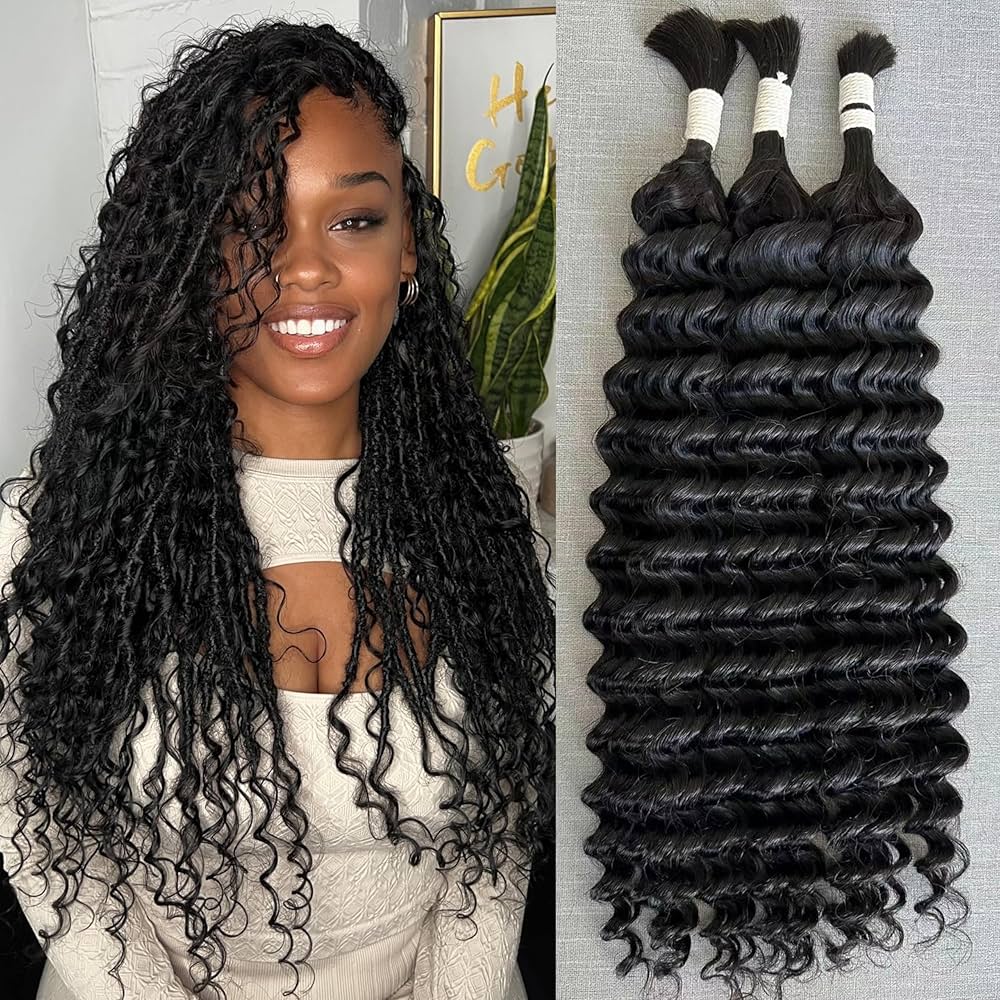
Addressing Cultural Appropriation
As braiding has woven its way through history, it has sometimes entangled with cultural appropriation. This is when elements from a culture get used without proper respect or understanding. It can turn meaningful expressions into mere fashion statements.
The Line Between Cultural Exchange and Misappropriation
Culture sharing enriches societies, but crossing into misappropriation causes harm. For instance, when braid, deeply significant in African heritage, are worn thoughtlessly, it can offend. Appreciating cultural backgrounds helps navigate this delicate balance. Knowing where braiding’s cultural roots lie can build bridges rather than walls.
Recognizing the Cultural Depths of Braided Hairstyles
Braided hairstyles carry profound cultural significance. They express identity and have historical importance. Before adopting these styles, learn their stories. Honor the legacies they represent. Braid are not just trends; they are historical artifacts of human creativity and resilience.
Fostering Understanding and Respect in Adopting Braided Styles
When embracing braided styles, it’s crucial to foster respect. Recognize the style’s cultural depth. Credit its origins. Approach braiding with awareness and sensitivity. Doing so celebrates diversity and honors the braiding art’s rich history and cultural importance.
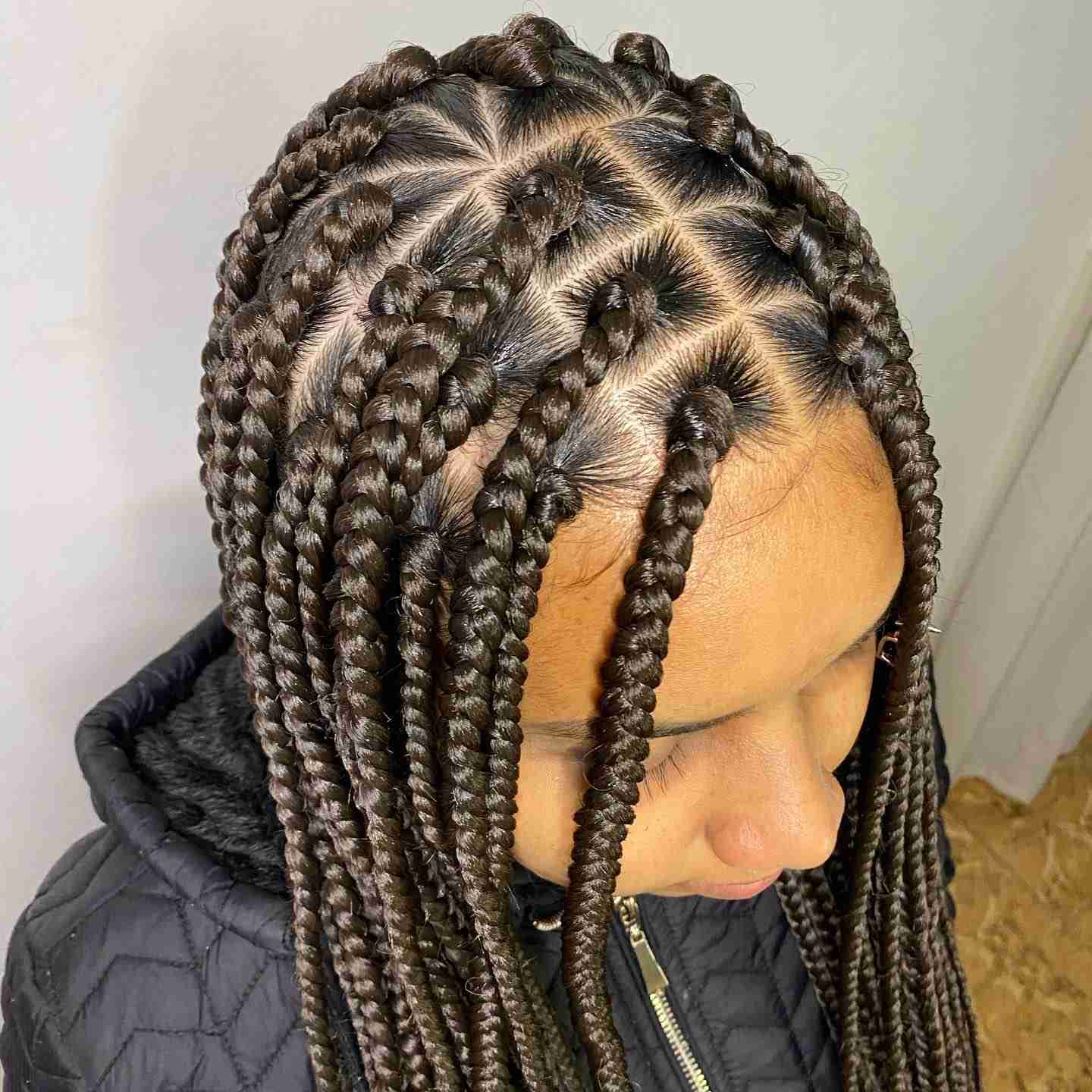
Conclusion: Embracing Diversity and Acknowledging Origins
Braid have woven themselves into the fabric of cultures around the world for thousands of years. From Africa to Europe and Asia to the Americas, these intricate patterns are not just a fashion statement. They carry deep cultural significance, often representing identity, status, and community. Different styles denote distinct backgrounds, conveying stories and traditions that span generations.
A Symbol of Identity
In many African cultures, braids are more than a hairstyle; they signify social status, age, and even religious beliefs. For example, the Fulani people employ unique braiding techniques to celebrate their heritage. Similarly, Native American tribes incorporate braided hairstyles as a form of spiritual expression and connection to nature. These practices highlight that braid serve as powerful conduits for cultural narratives.
Transitioning over the years, braid have found popularity across various demographics. They now celebrate diversity and promote inclusivity. In contemporary society, individuals of all backgrounds embrace braid, showcasing the beauty of different styles and interpretations. This evolution emphasizes how art transcends boundaries and fosters a sense of unity among people.
The Modern Renaissance
Today, braids are experiencing a renaissance. Influential figures in fashion and entertainment elevate braid to new heights. They have become a symbol of empowerment, creativity, and personal expression. With emerging trends like box braid, cornrows, and fishtail braid, countless individuals actively explore unique variations, making the art form accessible and adaptable for everyone.
The journey of braid is far from over. As a dynamic and evolving tradition, they continue to inspire new generations. Cultural appreciation plays a vital role in preserving the heritage behind braids while also fostering innovation. By respecting their roots and celebrating diverse interpretations, society can ensure that this art form endures.
In conclusion, braid embody a rich tapestry of culture, identity, and creativity. Their influence stretches across history and geography, reminding the world of the power of expression in its most beautiful forms.
